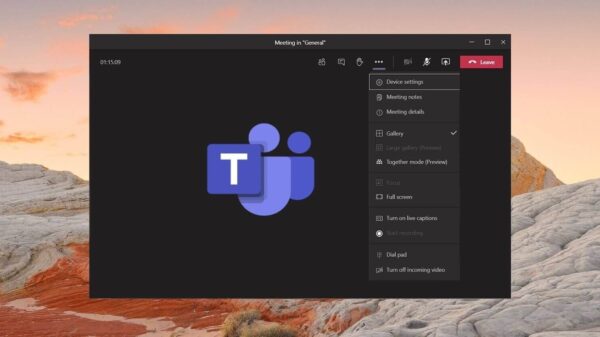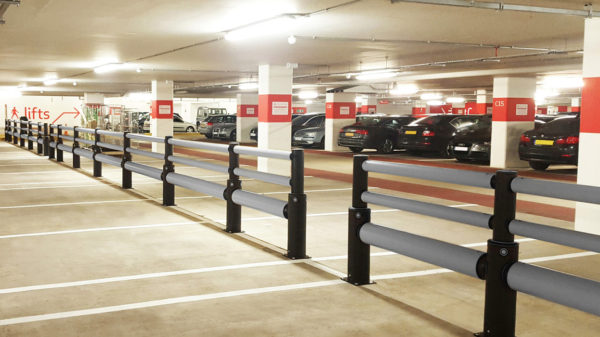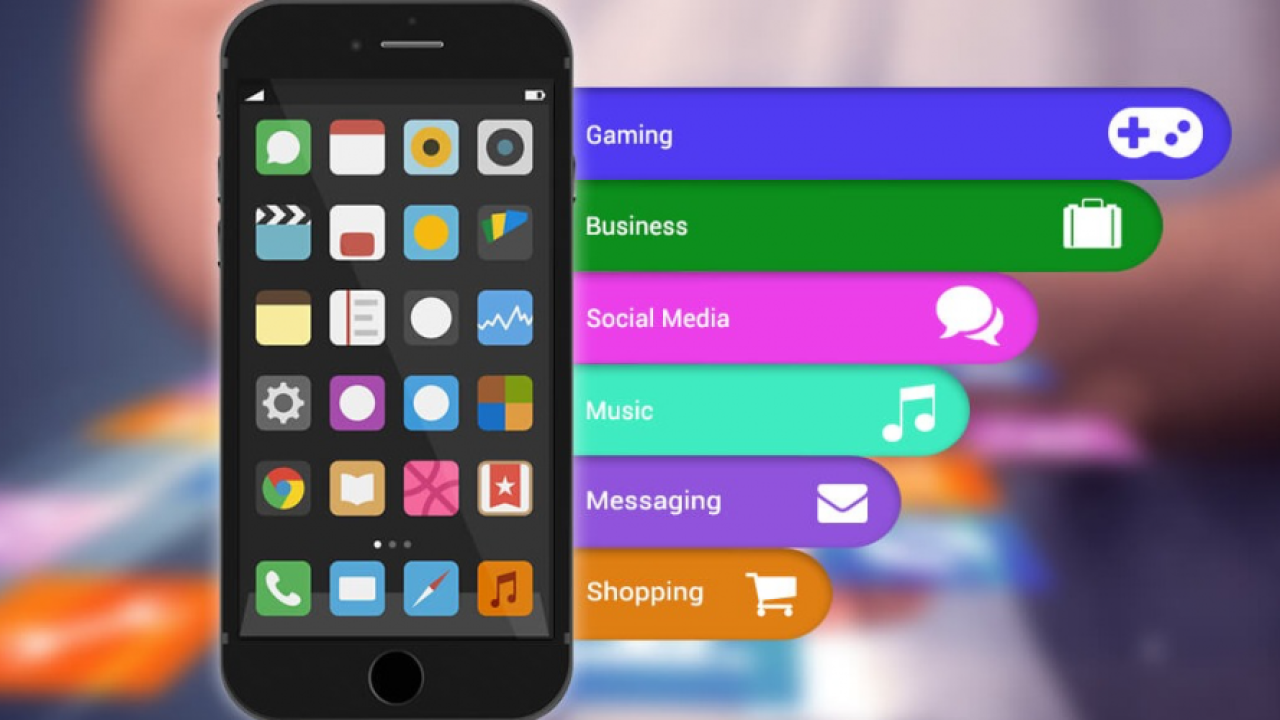There is no rocket-science to business success. If you do what every successful person is doing, you’ll be successful, too, right? Wrong. Every person has its journey. You might take inspiration from someone and appreciate what they are doing, but if you plan to be successful, you must take significant risks. I am not just planning about any risk; I mean well-planned risks. Analyze the data at hand and take a decision. If you succeed repeat, if you fail, change the input and try again.
The good thing about data is that it empowers you to decide with a bit of confidence. The same applies to every business.
If you are not sure about your idea, you can always test it before you launch the concept in the market. A/B testing is when you are confused about which of the ideas will stick. But if you don’t complete the test or make a mistake, it can turn your business upside down. There are misconceptions about A/B testing that people fail to understand, or they make a mistake that leads to failure.
- Finishing Too Early
Do you think Edison would have created the bulb if he quit the experiment a bit early? Of course not. The purpose of every research is to conclude something. If there is no outcome, it means that you haven’t finished the experiment yet.
Moreover, if you are doing A/B testing for a website and quite too early, like even before the necessary traffic on the site, it will affect your outcome.
To end the experiment, you must wait for both A and B to reach a certain amount of traffic.
For instance, if you want to test the new design of the website. Create two variations of the site and run an ad for both the variations. Now, set a traffic mark that will determine when you end the experiment. Whomever version reaches that mark, this is your result.
- Avoid testing small design changes
Either test something that can help you decide something big or don’t test at all. A common mistake that startups make is they waste too much time in testing small design changes.
I mean, a user won’t bother if you use a blue background or a purples background in your mobile app icon. The users don’t care about which background color you use. They want something that works for them.
To test the effect, you can first ask your friends and family to notice the change. Give them 2-3 seconds and look if they see the tiny difference. If the difference is insignificant, they will not notice it and so does the users on your website.
- Testing Several Ideas at once
The human brain is both complex and funny at the same time. At times we notice even the tiniest of details, and at times we even miss something that is right in front of our eyes.
It is better that you don’t confuse your user further by testing several things at first. When you test more than one thing simultaneously, it will be difficult for you to reach a solid conclusion.
Some of the novice marketers make this mistake of reaching the wrong conclusion by just testing design and content at the same time.
If you want to test the color of the app, test that. If you’re going to test the font of the product page, test that.
A professional mobile app development company will launch a beta version of the app and test everything one by one in that app.
- Getting to the wrong conclusion
If you are not satisfied with a test – a better option is to rerun the test. There is no need to rely on results that seem a bit shady. Maybe you picked the wrong sample of the audience; maybe you tested at the wrong time.
Even small variations can be a pure coincidence. When you are A/B testing things, it is just like flipping a coin. There is a 50/50 chance that one variation will come anywhere near to the other variation.
- There is nothing to be upset
Understand that when you are A/B testing something, it means that you are examining and understanding how the audience feels about that particular variation. At times the results might be different than you think. More like opposite to your liking. At this moment, you cannot be upset. You are testing something for the audience, not yourself.
There is no reason to feel wrong about design or the content. If you made a change and the target audience loved it, go with that design. Accept it as something better for the greater good.
Everything that happens in a test will show you some results. You need to ensure that the choice made by the audience derives the outcome.
In a Nutshell
To wrap it all up. When you are A/B testing something you already know the answer, you are just asking opinion of other people. Don’t reach to conclusions before you complete the experiment.































































You must be logged in to post a comment Login